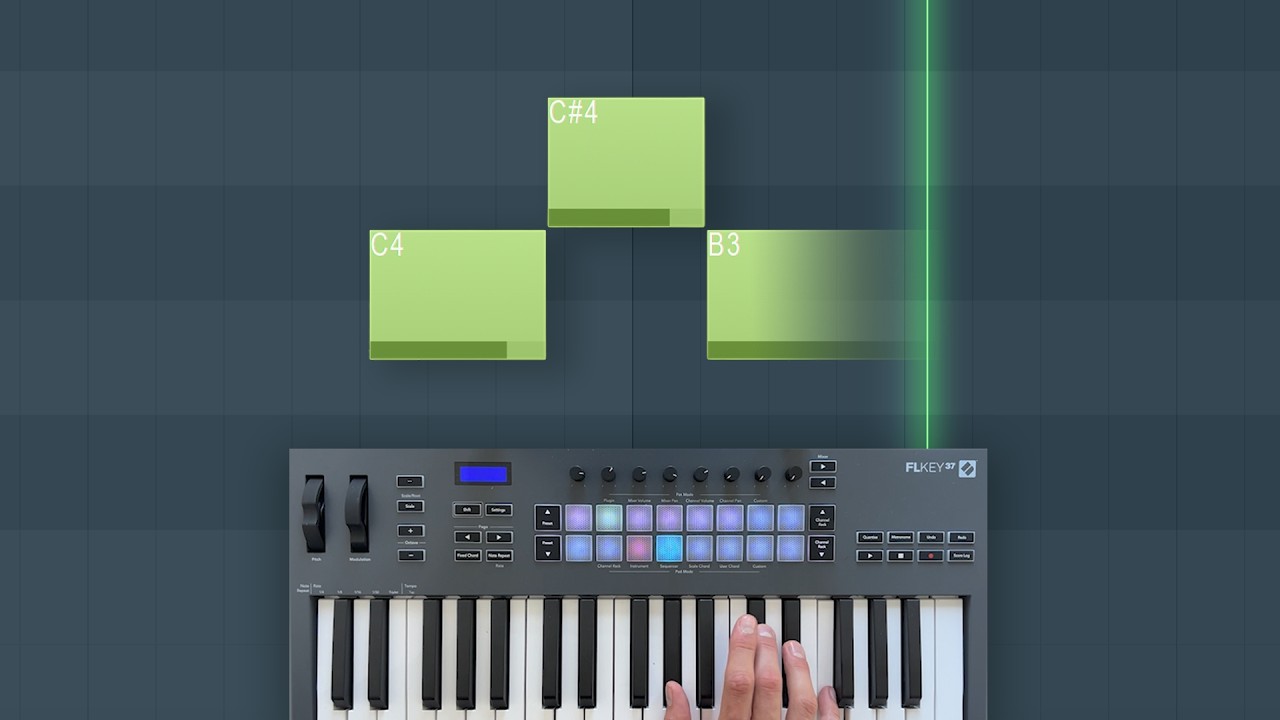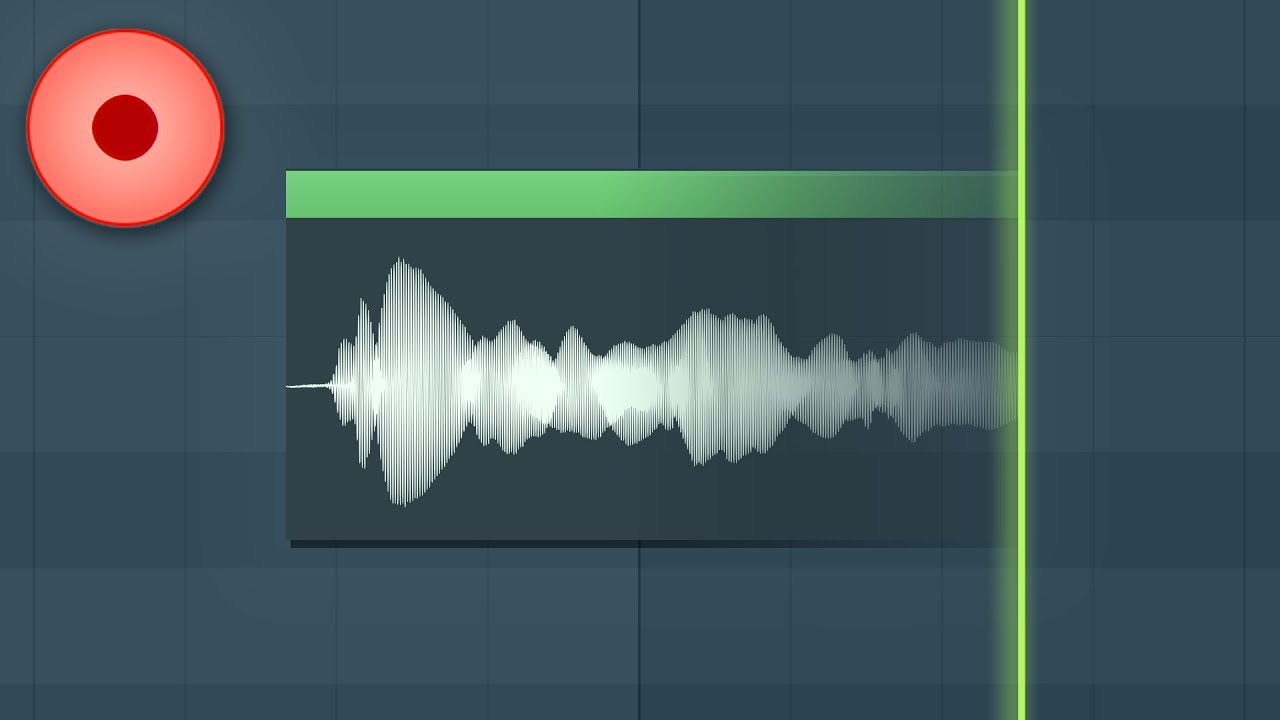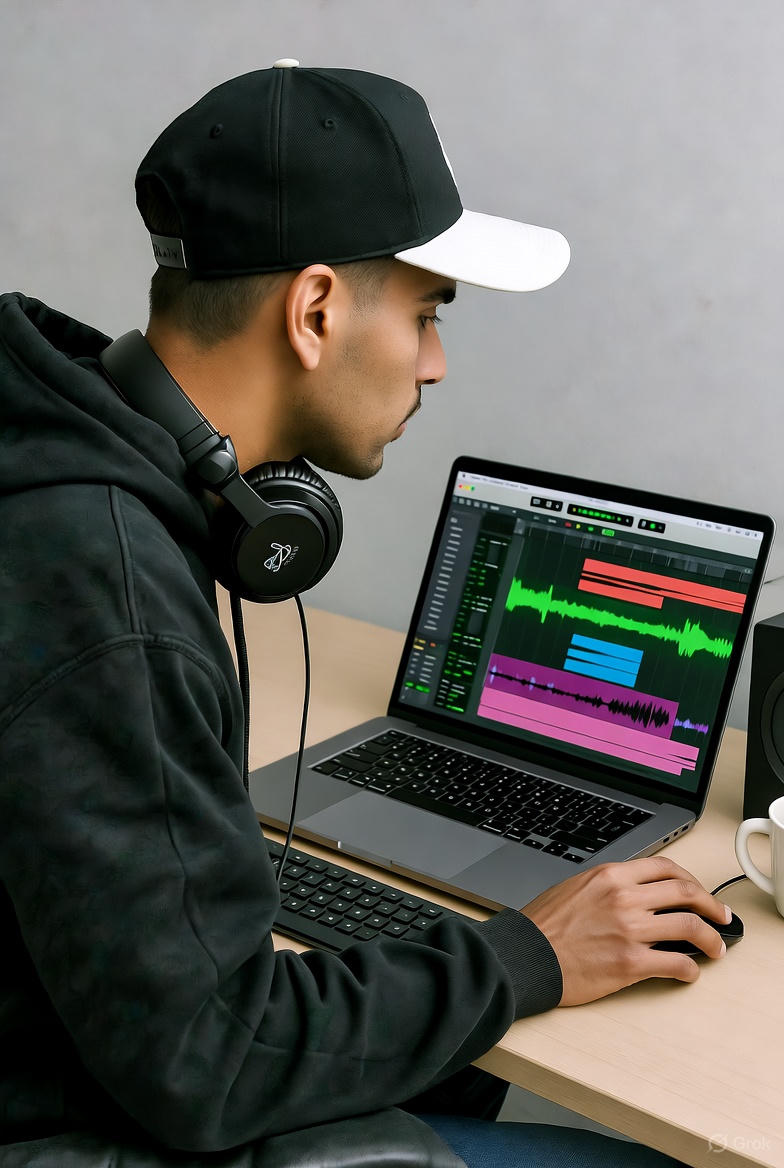!Let Us HELP YOU!
We have a lot of curated content on this blog.
Take this simple 20 second Quiz to Help You
Find The Exact Content You Are Looking For!
Ready to make a R&B dance instrumental that gets everyone moving? In this guide, we’ll walk you through the entire process of creating a captivating R&B beat in FL Studio, ensuring your track is both rhythmic and danceable.
Table of Contents
- Introduction to R&B Beat Making
- Introducing Different Keys and Instruments
- Enhancing Musicality with Pitch Bends
- Final Touches: Adding Kicks and Snare Patterns
- Refining the Overall Sound
- Listening to the Final Product
- Where to Get Project Files and Join Our Community
- FAQs about R&B Beat Production
Introduction to R&B Beat Making
The content of this blog post is curated from this video: R&B Dance Beat tutorial. Busy Works Beats is one of the top YouTube channels for aspiring music producers, especially those using FL Studio. This R&B Dance Beat tutorial is a great example of the high-quality, easy-to-follow production tips they consistently deliver—definitely worth checking out!Creating an R&B dance instrumental is about capturing that unique groove and emotion that gets people moving. It’s not just about the sounds; it’s about the vibe. R&B blends rhythm and blues, infusing it with soulful melodies and catchy hooks. The goal is to make a track that resonates with listeners while also being danceable.
As you dive into this process, remember that every element plays a vital role. From the drum loops to the melodies, each piece contributes to the overall feel of the track. Let’s explore the steps to make a captivating R&B dance instrumental.
Setting the Tempo and Choosing Your Drum Loop
The first step in crafting your R&B track is setting the right tempo. For this genre, a BPM around 96 is ideal. This tempo strikes a balance between groove and energy, allowing for both rhythmic depth and danceability.
Next, choose a drum loop that complements your vision. A solid drum loop serves as the backbone of your track. Look for something with a strong kick and snappy snare—this will provide the punch that drives the rhythm. You can use loops from your library or create your own, but make sure it fits the R&B vibe.

Creating the Bass Line
Once your drum loop is in place, it’s time to lay down the bass line. The bass is crucial in R&B, providing depth and groove. Start with a soul bass or electric bass sound that resonates well with your drum loop. Play around with different patterns until you find one that feels right.
Make the rhythmic bass line interact with the kick drum as its primary focus. This rhythm is what continuously keeps the energy flowing and the listeners to be involved. Try to change octave numbers or variants to keep it more interesting; you are never to be scared to experiment with these.
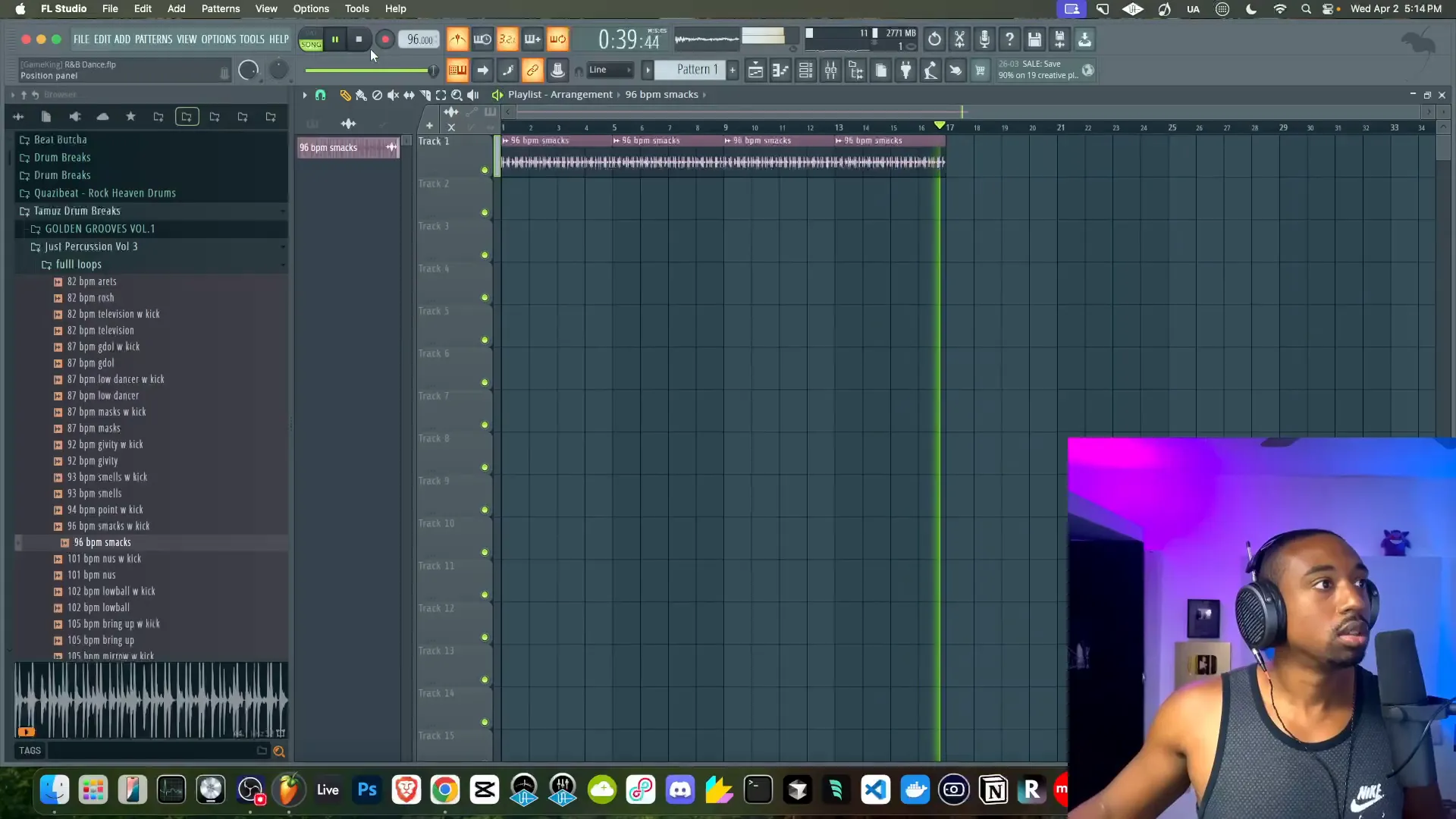
Adding Chords and Melodic Elements
With the bass line established, it’s time to sprinkle in some chords. You don’t need to overcomplicate this step; simplicity often works best in R&B. The goal here is to make this sound live a live band.
Choose a plugin that suits your style—strings, pianos, or synth pads can all add a lush layer to your track.
Riding on chords, you must take rhythm into account. You should play them in a complementary manner to the drum beat. It is essential to hunt that ideal spot out where every bit of music meshes well together and brings a unified sound. By using variations, you can maintain the interest of the listener, yet the chords have to be in tune with the mood of the song as well.
Recording Rough Vocals
Now that your instrumental is starting to take shape, it’s time to lay down some rough vocals. This step is crucial for capturing the essence of R&B. Focus on rhythm and emotion rather than perfection. Record your ideas to get a feel for how the vocals interact with the instrumental.
These kind of raw vocals are like a map for your production process. They support you in determining which things are of use and which are not, which leads you to a better track moving forward. Avoid the tendency to run away from improvisation; on certain occasions the most excellent ideas come as an afterthought.

Exploring Additional Sounds and Textures
Once you have the core elements down, it’s time to explore additional sounds and textures. R&B thrives on rich soundscapes, so think about incorporating subtle synths, pads, or effects that enhance the vibe without cluttering the mix.
WEBSITE RESOURCES FOR MUSICIANS
Use sonic practitioners that mark their presence in a characteristic way, such as soft-organ background, distant vocal samples, or peculiar percussion. The main point is to keep the formula of symmetry; every single sound should do something and communicate to the general atmosphere of the track.
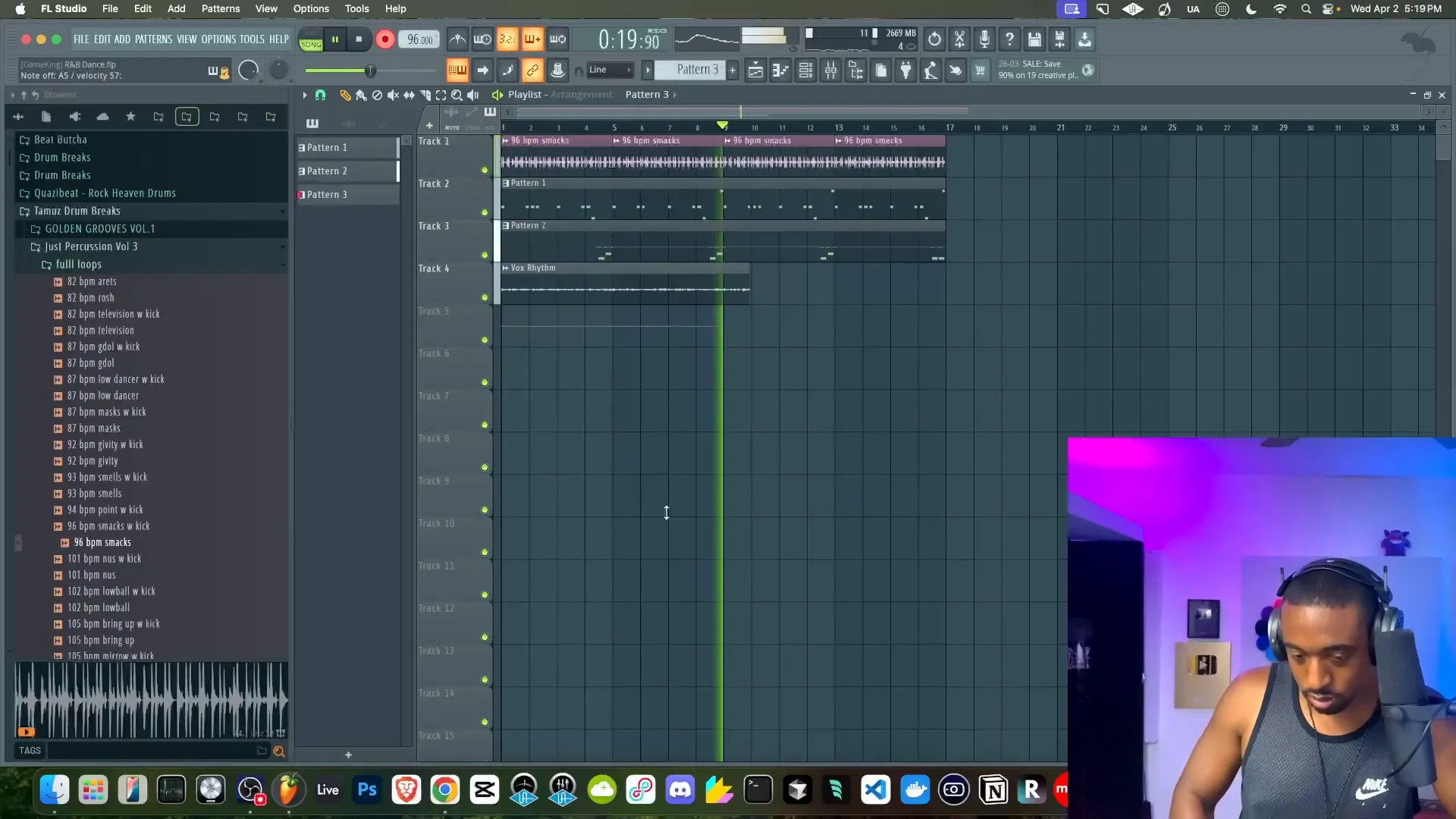
Balancing Harmony and Rhythm
As you progress, pay attention to the balance between harmony and rhythm. In R&B, these two elements must work in harmony to create that signature groove. Avoid overproduction by focusing on how each layer interacts with the others.
Try to adapt the existing chords to the rhythm and not overpower it. Use different voicings and rhythmic placements to explore what suits you best. In this genre “less means more” so, you have to take care of the space you leave in your mix.
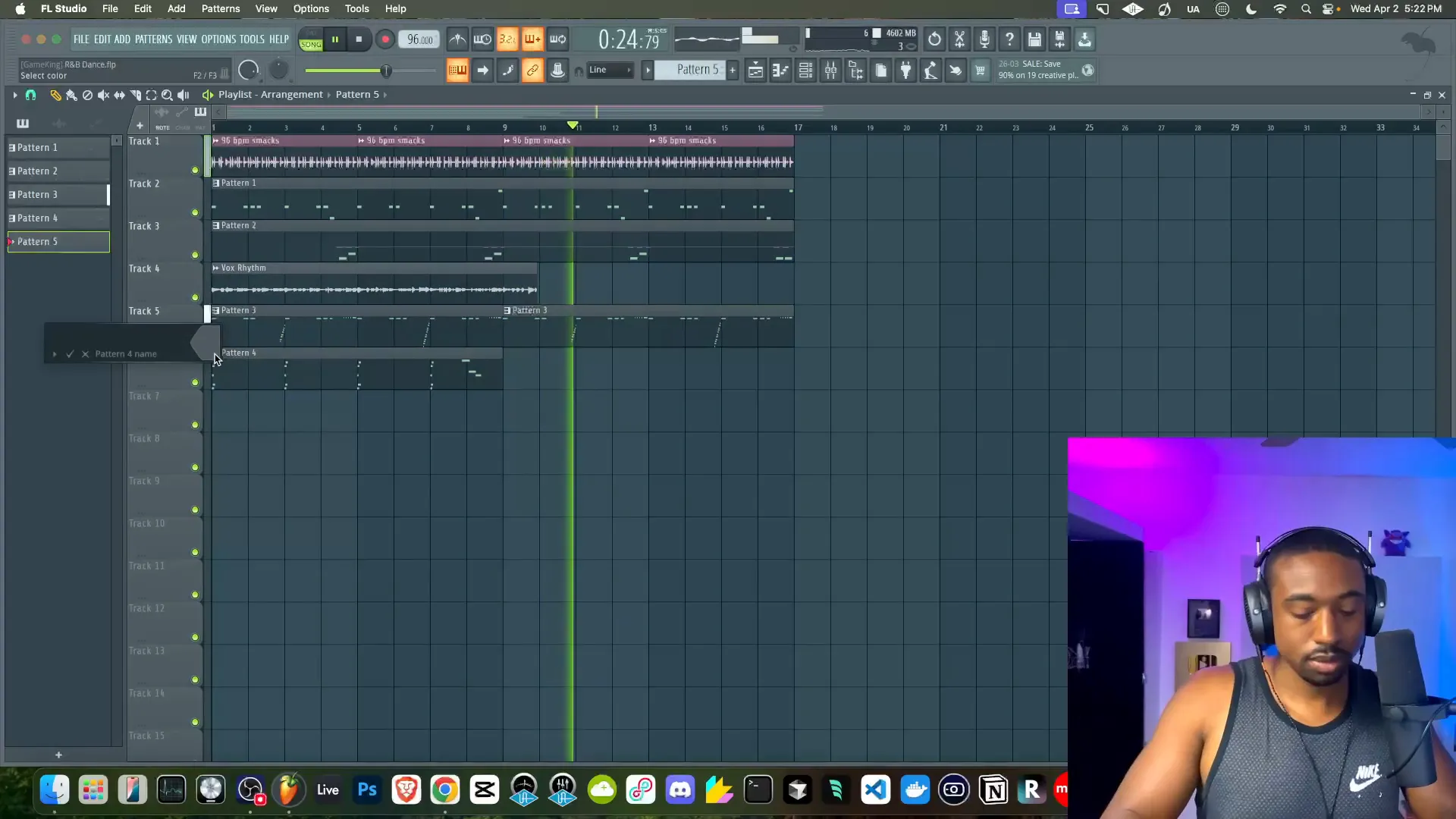
With these steps, you’re well on your way to crafting an engaging R&B dance instrumental. Remember to trust your instincts and allow the music to guide you as you create. For more insights and resources on beat making, check out our curated videos and articles on how to make beats at How to Make Beats Blog.
Introducing Different Keys and Instruments
When you’re ready to take your R&B dance instrumental to the next level, exploring different keys can significantly alter the mood and energy of your track. Starting in the original key can feel comfortable, but don’t hesitate to experiment. Moving to a different key can breathe new life into your composition.
As an example, if you initially started off in E minor, you might want to try shifting to G sharp minor. This transformation can let you have a brand-new view and motivate you to come up with different attractive melodies. At the same time, while you are experimenting, you can think about the tools you are using. Each device comes up with its personality and sound properties which can embellish your music piece overall.
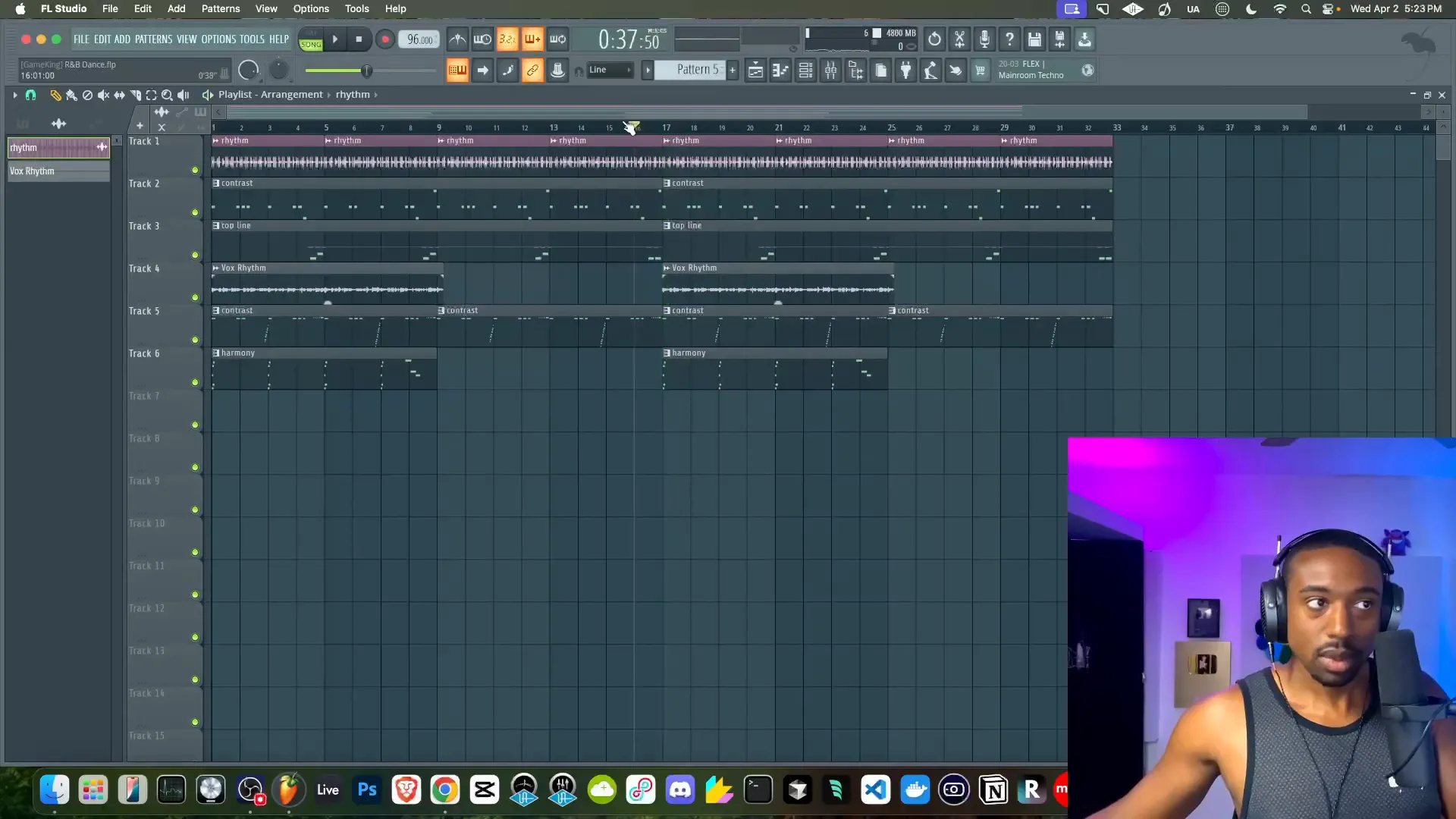
Choosing Instruments Wisely
Selecting the right instruments is crucial. Instruments like Rhodes pianos or synth pads can add warmth and depth to your sound. Opt for instruments that allow for pitch bending, as this can add a unique flair to your melodies. Using plugins like Keyscape can provide you with a rich selection of sounds that fit seamlessly into your R&B track.
The primary objective is to make a mixture that appears to be consistent. Add the sounds that are it in a certain way, ensuring they match the harmonic structure of your track. This layering can create a more dynamic listening experience.
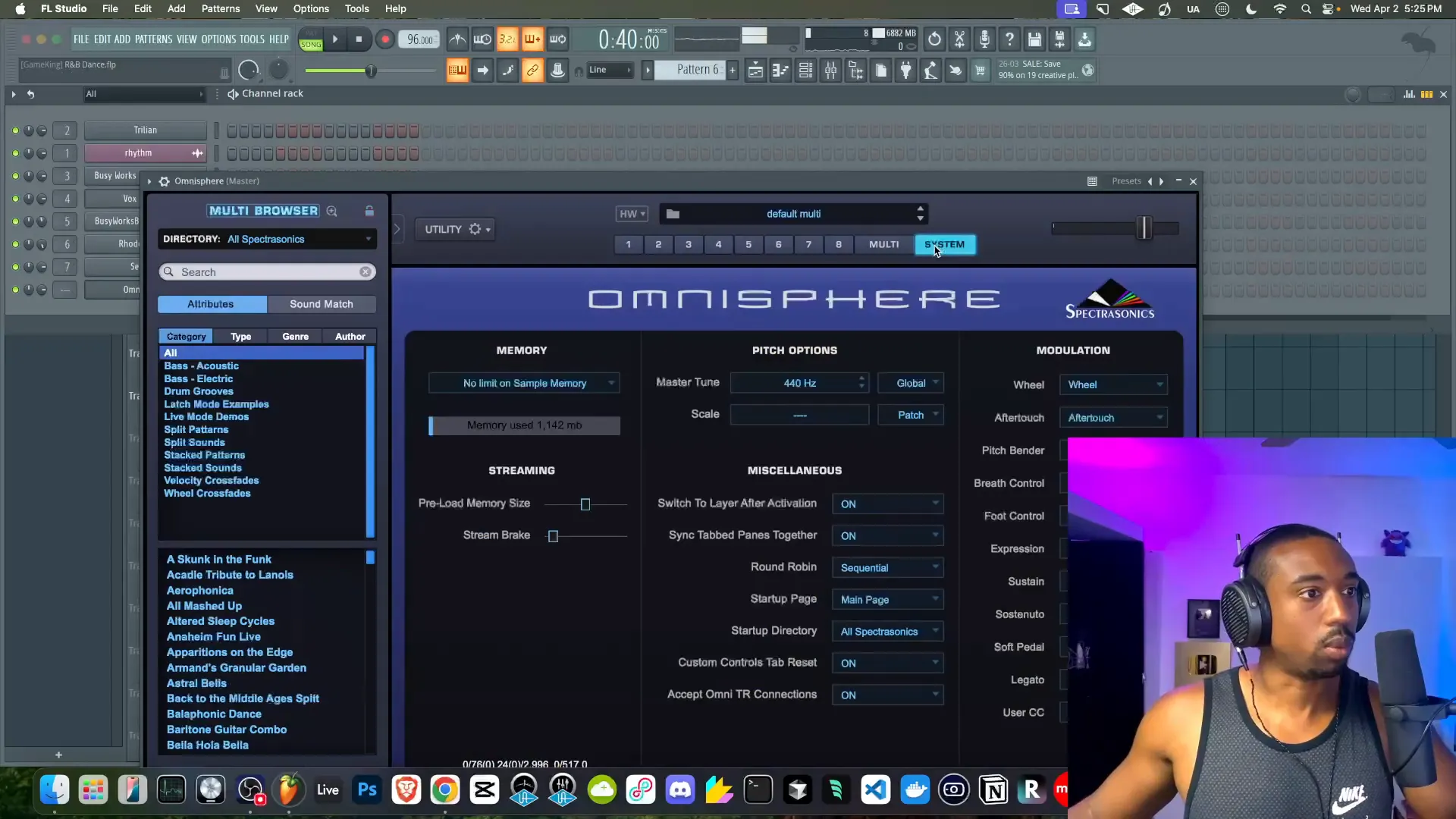
Enhancing Musicality with Pitch Bends
Pitch bends are a fantastic way to enhance the musicality of your R&B dance instrumental. They add a sense of expressiveness that can elevate your track from good to great. By incorporating pitch bends, you can create unique transitions and embellishments that stand out.
To use pitch bends properly, you should first check that the instruments you are working with allow this feature. For example, when working with a synth or a keyboard plugin, you need to make sure that the pitch bend wheel is working. The utilization of this feature helps you to modify your melodies in a more innovative way with gradual and rapid pitch changes.
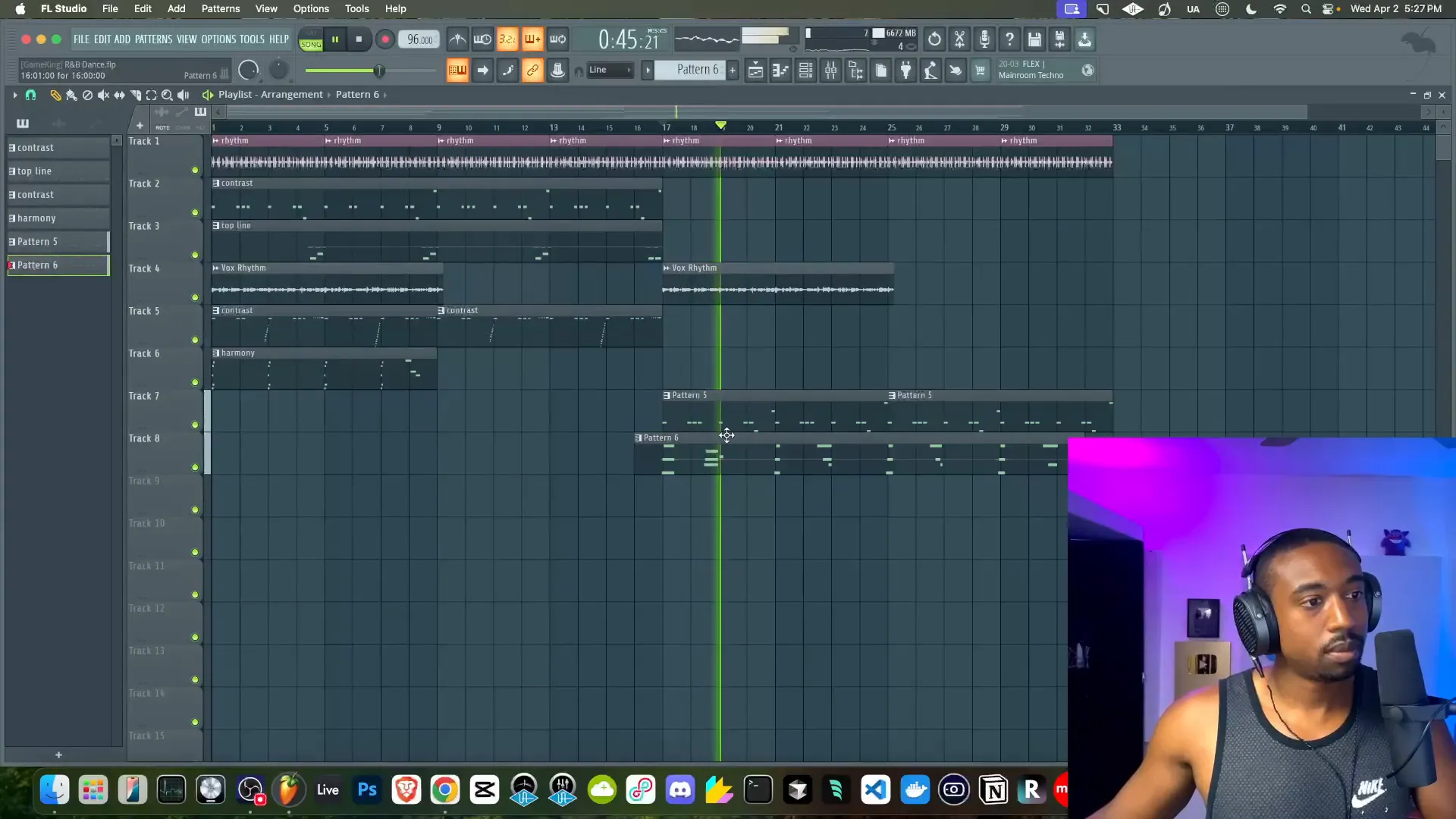
Creating Dynamic Melodies
Align your pitch bend utilization with the creation of engaging melodies. Experiment with varying distance between notes and different durations of notes to discover the combination that sounds the best to you. One idea is to use dominant or secondary dominant chords to weave out your musical thoughts. This technique not only bring additional color to the overall sound but also beauteous complexity to your compositional work.
skipping proper grammar is a sign of being under stress. Hence, it is helpful to be aware of common errors made by students when writing to reduce stress. Avoid changing the overall meaning. Do not use any grammatical errors, but use different grammatical structures if necessary.
1. Students often make common mistakes in writing which can cause great stress.
2. It is important to know these since they can help in the writing process.
3. Less anxiety can be achieved through avoiding these mistakes.
4. Being aware of the common errors made by students when writing is helpful to the students to reduce their anxiety.
5. Stress can also be dealt with through proper knowledge of which errors students usually have in writing.
6. Stress relief is the result of avoiding these mistakes.

Final Touches: Adding Kicks and Snare Patterns
With the principal parts situated, now is the time to sharpen your focus on the final details. The rhythm and energy of your track can be drastically changed by the introduction of kicks and snare patterns. An often included kick pattern is necessary to run the beat ahead but, the addition of snare patterns can make it the cutting edge.
Choosing the sounds of your kick and snare, you should go for punchy and clear samples. The kick is the one that helps to build the strong base, while the snare is the one that pierces the mix. You can try different patterns to see which ones fit best with your other instruments. Bear in mind that the intent is to augment the groove without making it complicated to the audience.
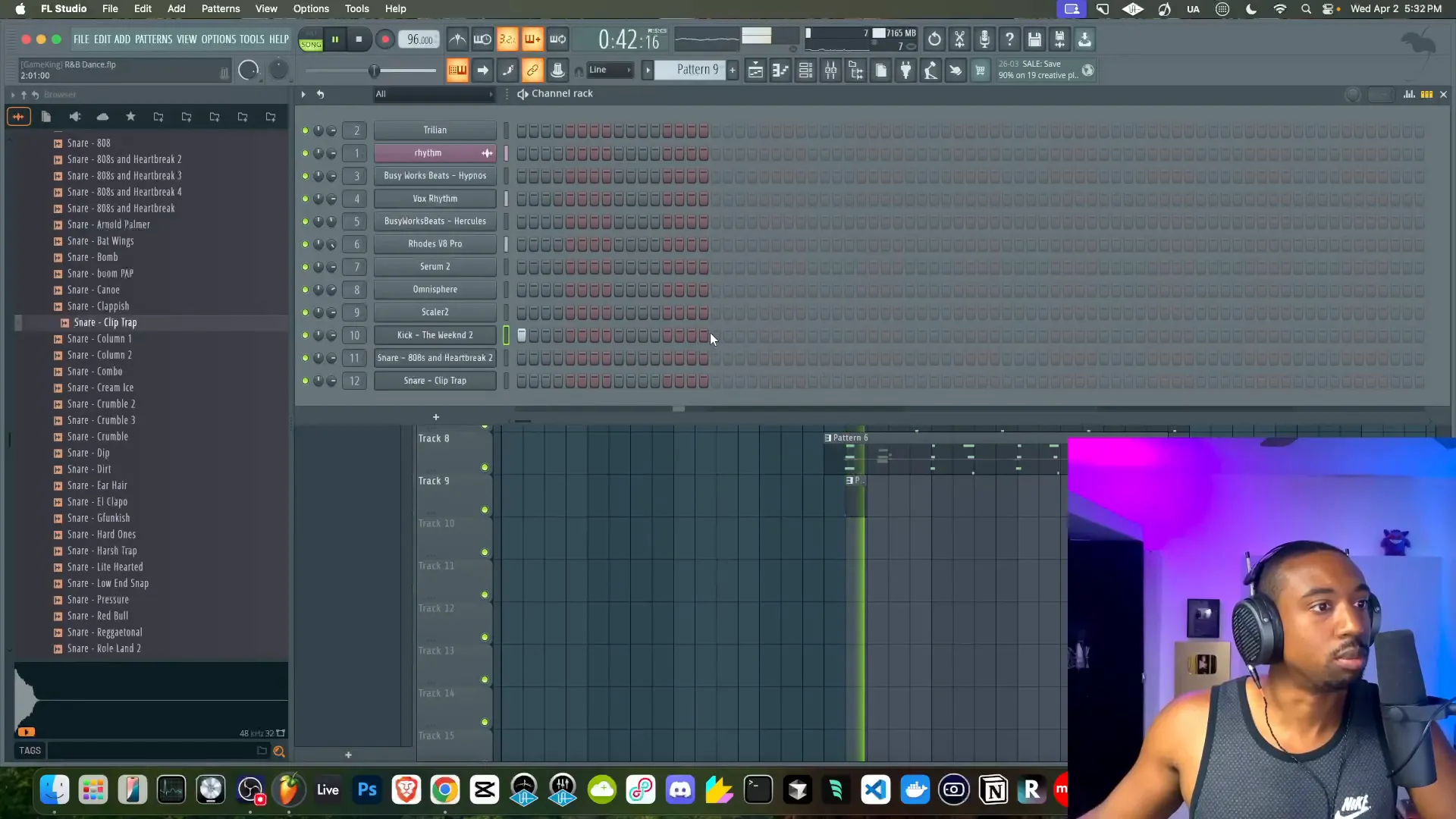
Timing and Placement
Timing is crucial. Make sure that your kicks and snares are in the right places so that the rhythm can be maintained. You can try to slightly nudge individual hitting notes off the grid to make them sound more human. This one magic trick can make your song track sound more like nature and less like a machine.
Practice stacking kicks and snares to discover your ideal spot. Occasionally, mixing different samples could create a fuller sound. Feel free to make level adjustments, so that each part fits well in the mix.

Refining the Overall Sound
After you have incorporated your last components, the following stage is to enhance the total sound. This procedure includes the adjustment of the levels, EQ, and effects so that you can make it all cohere properly. It is crucial that you watch attentively to the interaction between each sound in the mix.
One of the EQ strategies to create room for each sound in the mix is by cutting some frequencies from others. For example, if the bass is too loud compared to the kick, you can try reducing some low frequencies from the bass. The adjustment brings the kick to the forefront and the overall mix seems clearer.
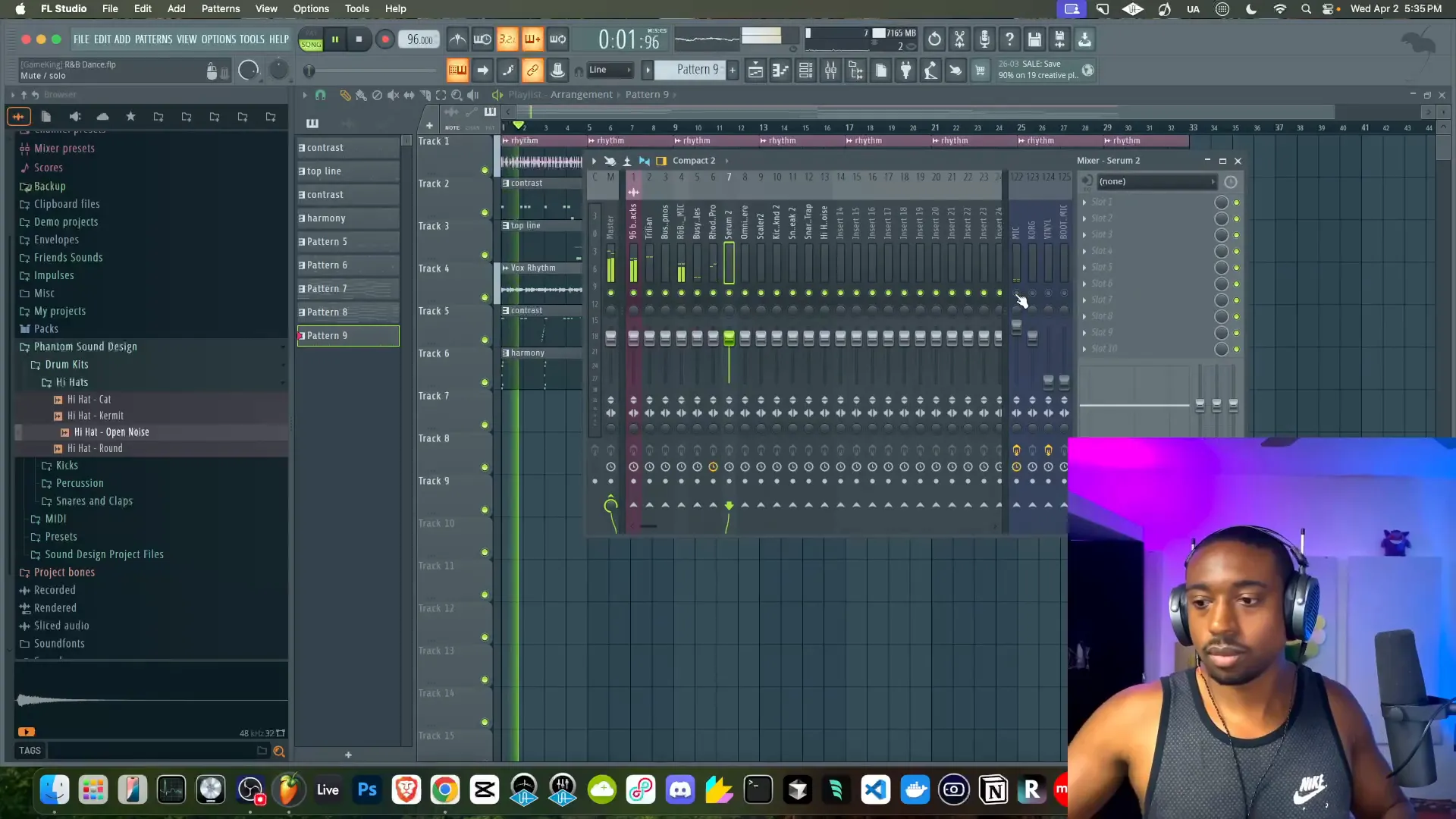
Adding Effects
Effects can add depth and character to your track. Consider using reverb and delay to create a sense of space. However, be cautious not to overdo it. Subtlety is key in R&B, as you want to maintain clarity while enhancing the atmosphere of your track.
Play around with various effects to discover which ones suit your composition the best. For instance, a straightforward delay might be enough to establish a rhythmic echo that thickens the groove, while the use of reverb can provide an expansive feeling to your sounds.

Listening to the Final Product
Having worked so hard, listen to the final product you have correctly made. As you are physically, mentally, and emotionally exhausted, just sit for a while, look to your overalls, and assess your track. For example, is it danceable? Does it make your observer feel the emotions that you had in mind? I think it is right to say that a critical listening process is a way to find the areas that need more tuning.
It is normal to make changes and not be afraid to do so. At times, you need to listen to a few times to realize some things you may have mistakenly otherwise. Make sure you have faith in your intuition and keep altering the things until the outcome pleases you.
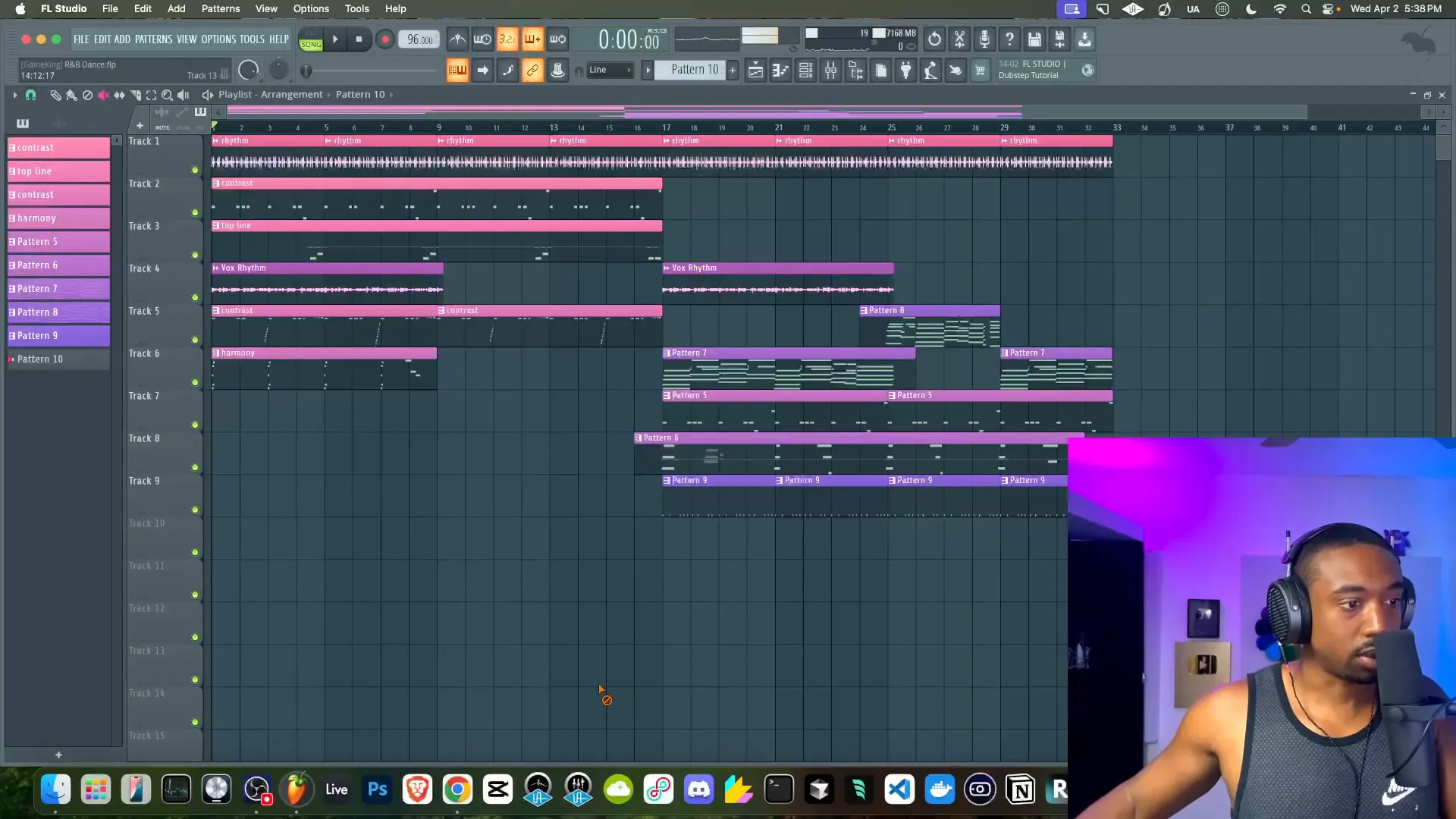
Where to Get Project Files and Join Our Community
If you’re looking to dive deeper into R&B production, don’t forget to grab your free project files at BusyWorks Beats. These files can serve as a valuable resource as you continue to develop your skills.
Moreover, think about becoming a part of our community. Meet new producers, share your work, and get reviews. Cooperation and backing can boost your creativity in making music.

FAQs about R&B Beat Production
What software do I need to make an R&B dance instrumental?
You can create an R&B dance instrumental using any Digital Audio Workstation (DAW) like FL Studio, Ableton Live, or Logic Pro. Choose one that suits your workflow best.
How can I make my beats sound more professional?
The main emphasis should be on choosing the right sounds, mixing, and mastering. Do not forget to choose the best quality samples and plugins, and invest some time in learning the mixing techniques to get that perfect professional sound.
Can I use samples in my R&B tracks?
Absolutely! Sampling can add a unique touch to your R&B beats. Just ensure you have the proper rights to use the samples you choose.
Where can I find inspiration for my R&B beats?
Listening to a variety of R&B artists and tracks can provide inspiration. Explore different genres, too; sometimes, the best ideas come from unexpected places.

